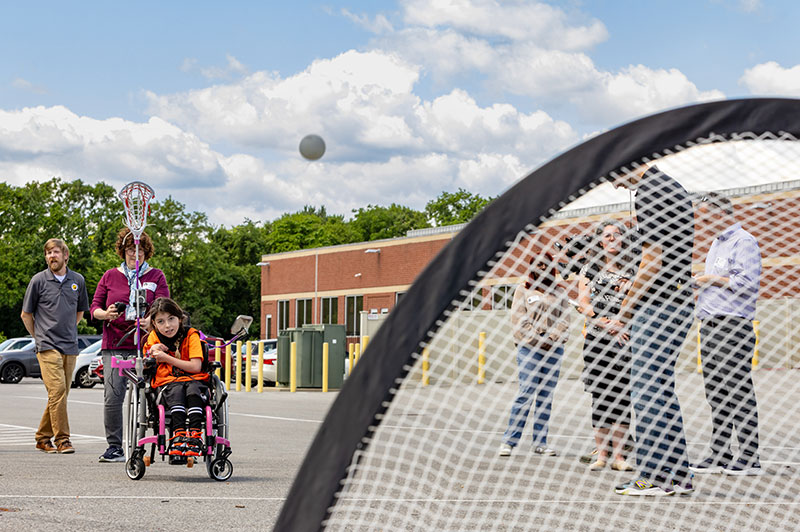News Story
Op/ed: Democratizing Engineering for Every High School Student
The United States’ longstanding appeal to talent from around the globe in science, technology, engineering, and mathematics (STEM) has helped the nation thrive, but now it’s time to focus on bolstering our training of a domestic workforce of scientists—and engineers in particular, writes University of Maryland President Darryll J. Pines in a new essay published yesterday in Issues in Science and Technology.
Pines, the principal investigator for the Engineering For US All (E4USA) program, writes that the nation’s current STEM shortages can’t be addressed just by attracting more global talent. One way to address the engineer shortage, he says, is through high school programming like the National Science Foundation-sponsored E4USA, designed to increase interest in the field and help a diverse range of future college engineering students build a foundation for success.
Indeed, the United States is facing a crisis in its K–12 pipeline. According to data from the National Student Clearinghouse Research Center, the percentage of US high school students enrolling directly in college in 2020 showed an “unprecedented” decline of between 4% and 10%. And while the US Bureau of Labor Statistics predicts STEM jobs will grow twice as fast as other occupations by 2029, research continues to show high school students have declining interests in STEM fields.
The gap in the US STEM pipeline is exacerbated by the large proportion of international graduates who either return overseas or work for foreign companies that compete with US companies. According to the 2020 Industrial Capabilities Report to Congress, China is producing eight times as many STEM graduates per capita as the United States (despite its population being four times as large)—and the trend continues to worsen.
This geopolitical dilemma requires a three-pronged response. First, the United States must make continued investments in basic scientific research. Second, the country must expand the pipeline of diverse STEM graduates. And third, engineering must be a requirement for every high school student. Together, these policies are an urgent national imperative.
Read the rest in Issues in Science and Technology.
Thanks to Maryland Story for this story.
Published March 18, 2022











